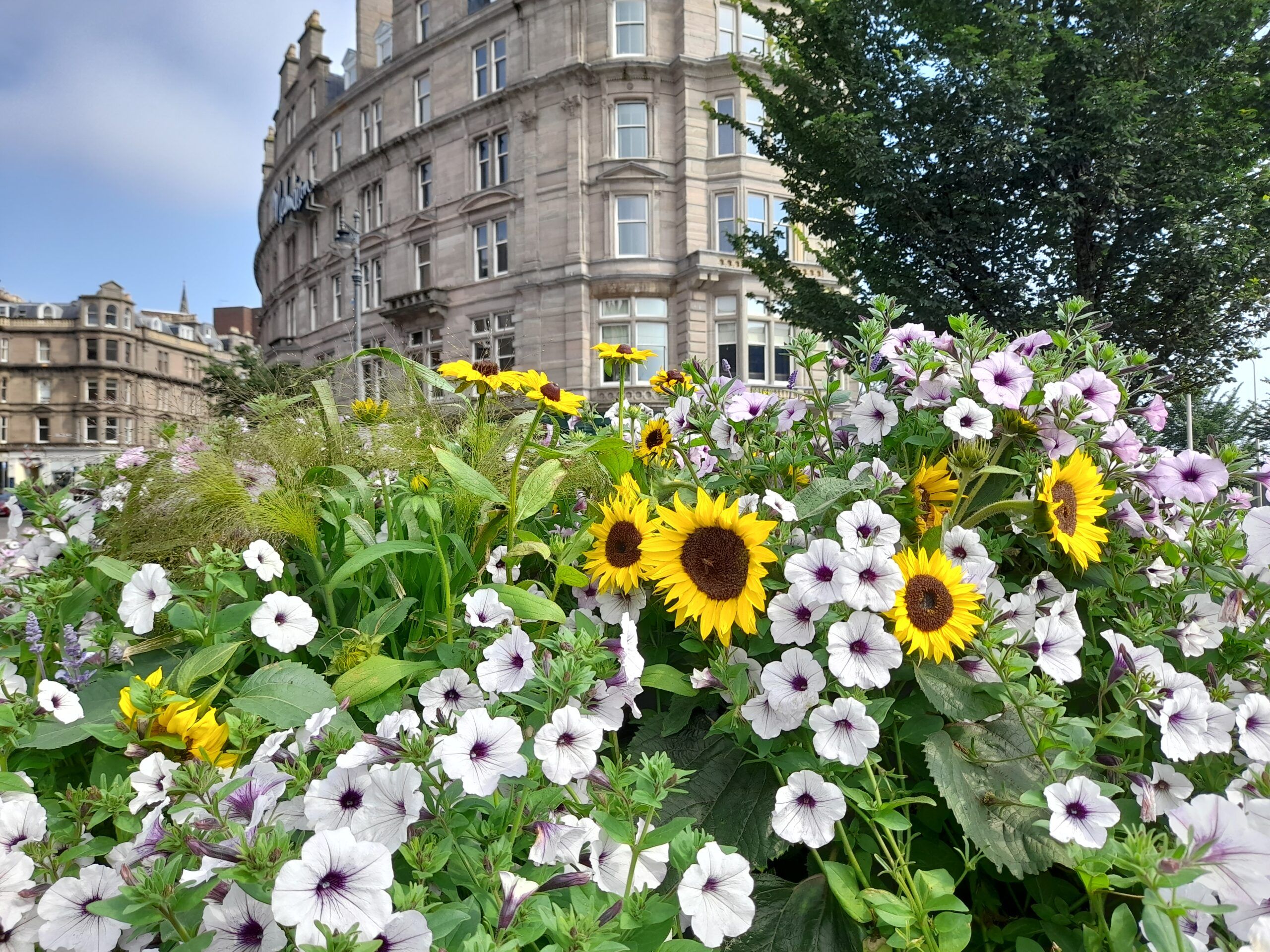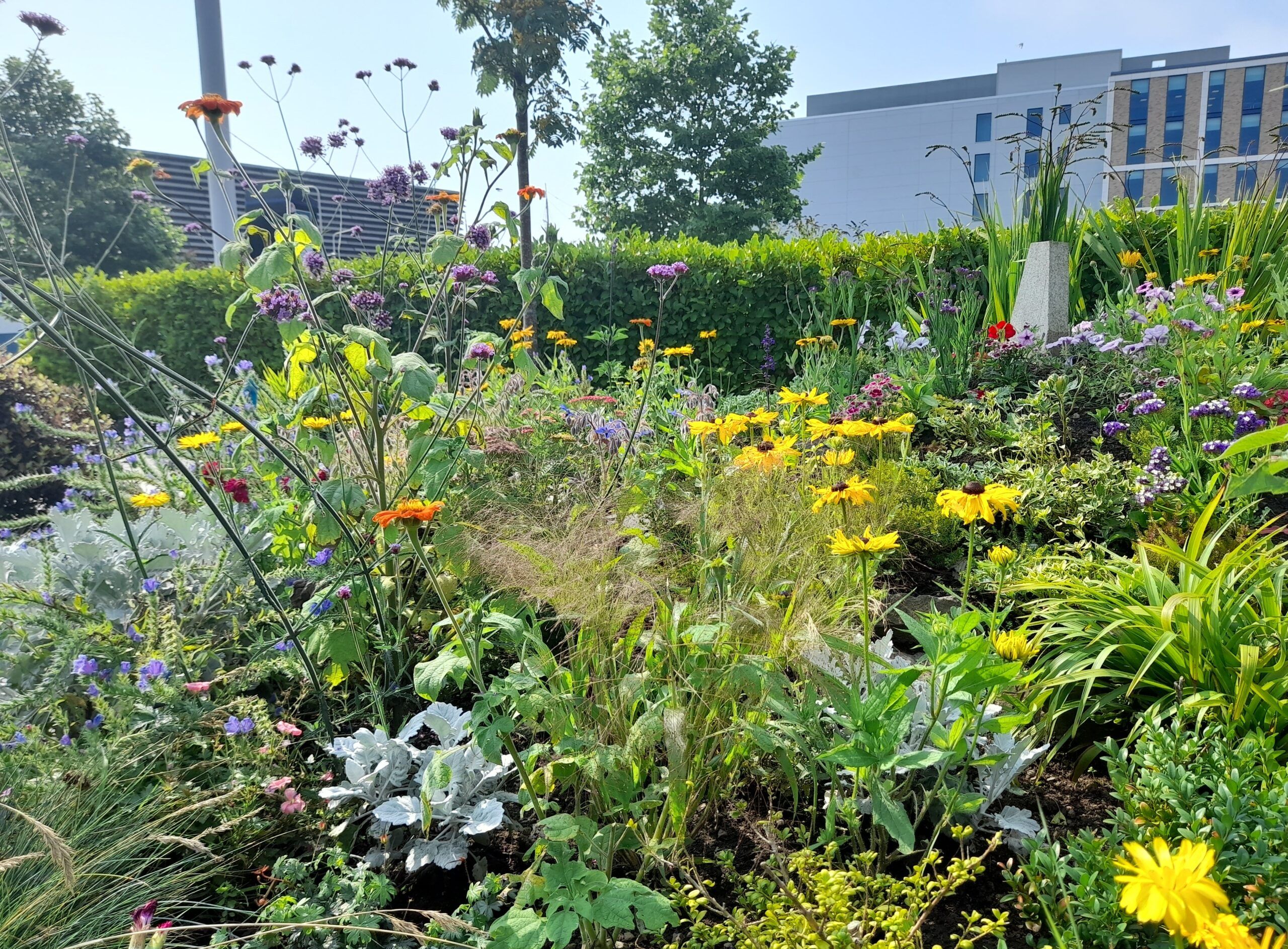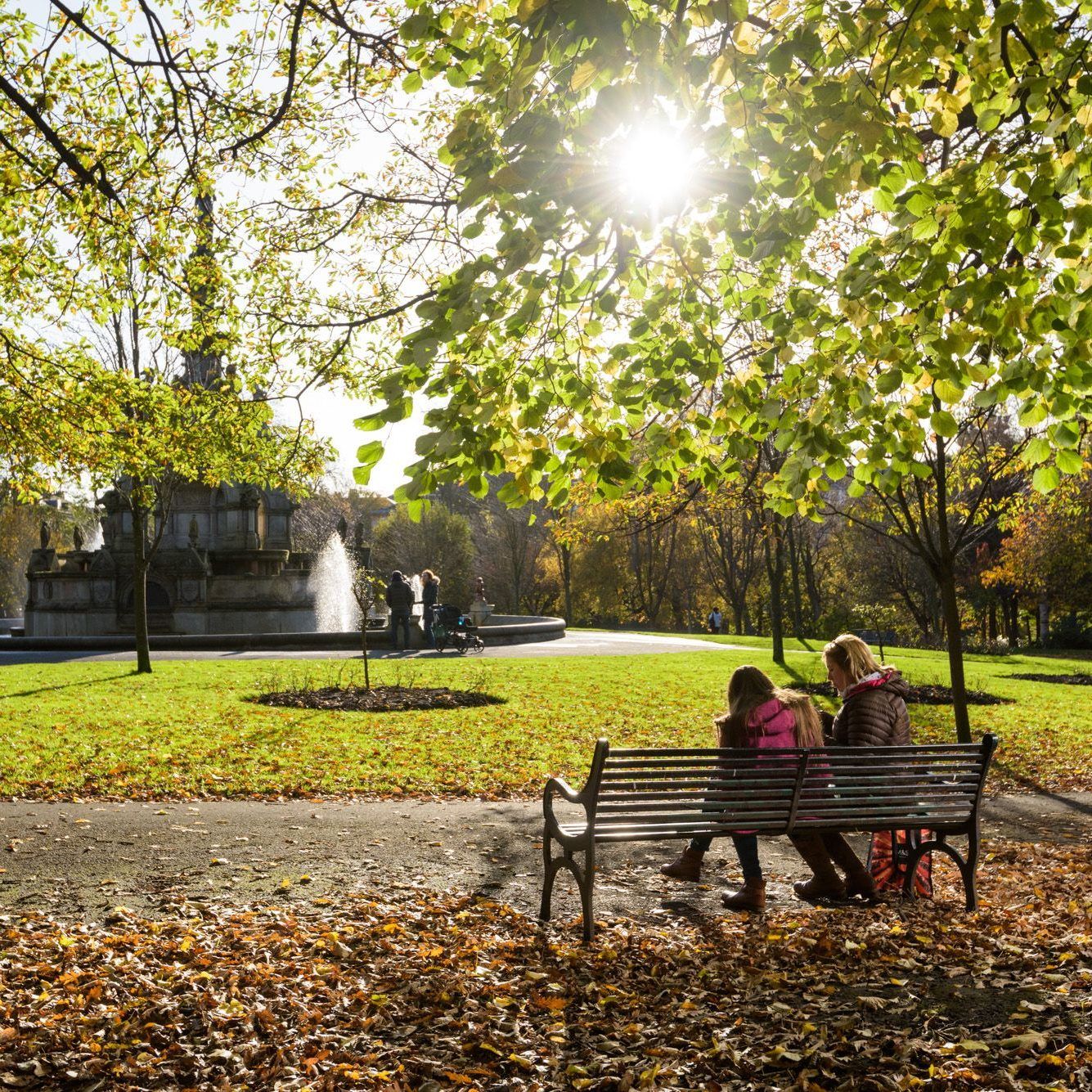Green spaces across Scotland give communities and individuals the opportunity to enjoy the environment, nature and outdoors, often without having to travel far from home. The spaces are all used differently – some simply for recreation or as means of walking/wheeling to local amenities, with others designed to bring local people together such as an allotment or community garden. They cover a broad range of ecosystem and habitat types across a range of both urban and rural locations all of which are essential to combatting the climate and nature emergencies.
The communities that utilise green spaces come in all shapes and sizes: those people living locally; those built around improving or maintaining a locally important green space; and others designed with a purpose such as increasing nature and biodiversity into a town or village environment. Spending time in nature is known to be beneficial for our mental and physical wellbeing, however we know that there is a correlation between affluence and the likelihood of accessing the outdoors, whereby those living within the most disadvantaged areas are less likely to get outdoors and enjoy the benefits nature offers.
Access to green (and blue) space forms one of the Community National Indicators within Scotland’s National Performance Framework and measures the proportion of adults who live within a 5-minute walk of their local green (or blue) space. Adults in Scotland’s most disadvantaged neighbourhoods are less likely to live within a 5-minute walk to their nearest green (or blue) space, as well as being less likely to utilise this space regularly compared to those in the most affluent areas. Additionally, adults living in large urban areas are less likely to live within a 5-minute walk of their nearest green space than those living in rural areas.
Championing Community Green Space in Scotland contributes to progressing Scotland’s commitment to the UN Sustainable Development Goals, including goals 11 (Sustainable Cities and Communities) and 15 (Life on Land).
Action Needed
- Advocate for and support communities actively engaged in improving their local environments and creating climate and nature friendly neighbourhoods such as those groups that form part of Keep Scotland Beautiful’s It’s Your Neighbourhood and Beautiful Scotland
- Advocate for and support work to enhance and maintain Scotland’s open parks and green spaces. For example, the Green Flag Award scheme delivered by Keep Scotland Beautiful is awarded to those spaces demonstrating excellent management and environmental standards.
- Advocate for improved local environmental quality including such issues as tackling Scotland’s litter problem. Policy links here include Scotland’s National Litter and Flytipping Strategy and the associated Action Plan, along with links to the Marine Litter Strategy.
- Advocate for increased public awareness of the importance of nature, biodiversity, and green spaces to support Scotland’s Biodiversity Strategy. For example, Keep Scotland Beautiful has a training programme available to help people understand, communicate, and take positive action.
- Promote the benefits of being outside in nature for both physical and mental wellbeing.
- Promote and encourage increased and responsible use of local green spaces.
Threats
- Increasing pressure on Scotland’s biodiversity and green spaces as a result of housing development.
- Issues impacting the quality and cleanliness of local environments across Scotland including issues such as litter, dog fouling, flytipping, flyposting and graffiti. Other related topical issues include things such as problematic single-use items like wet wipes and disposable vapes.
- Impact of the climate and nature emergencies on the quality and richness of Scotland’s environment and biodiversity, and land use changes required to accommodate any adaptation/mitigation efforts.
- Society’s increasing disconnect from nature and land. As society becomes increasingly urbanised, there is a need to support engagement and access to urban green and blue spaces as well as fostering a connection to the land that supports all life on earth.
MSP Nature Champion

Joe FitzPatrick
Member for: Dundee City West
Region: North East Scotland
Party: Scottish National Party





